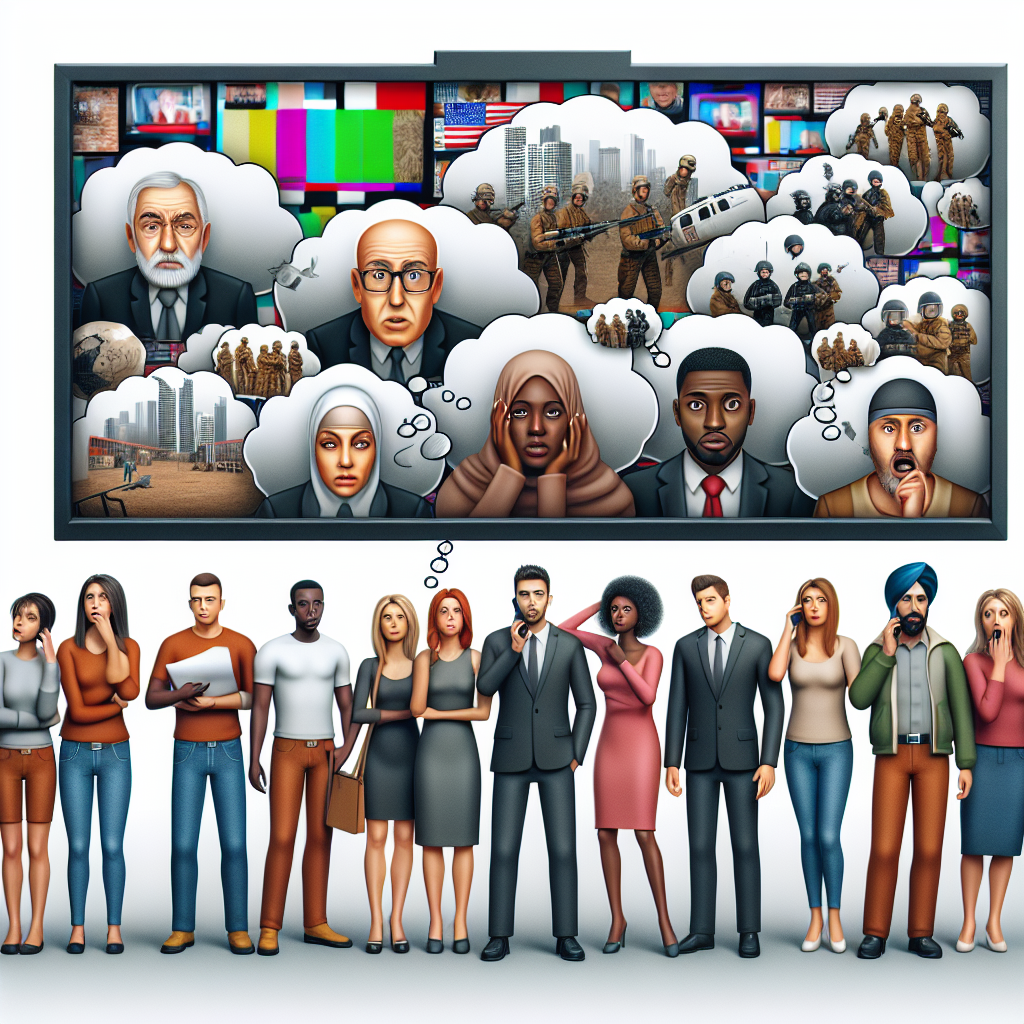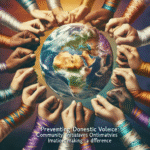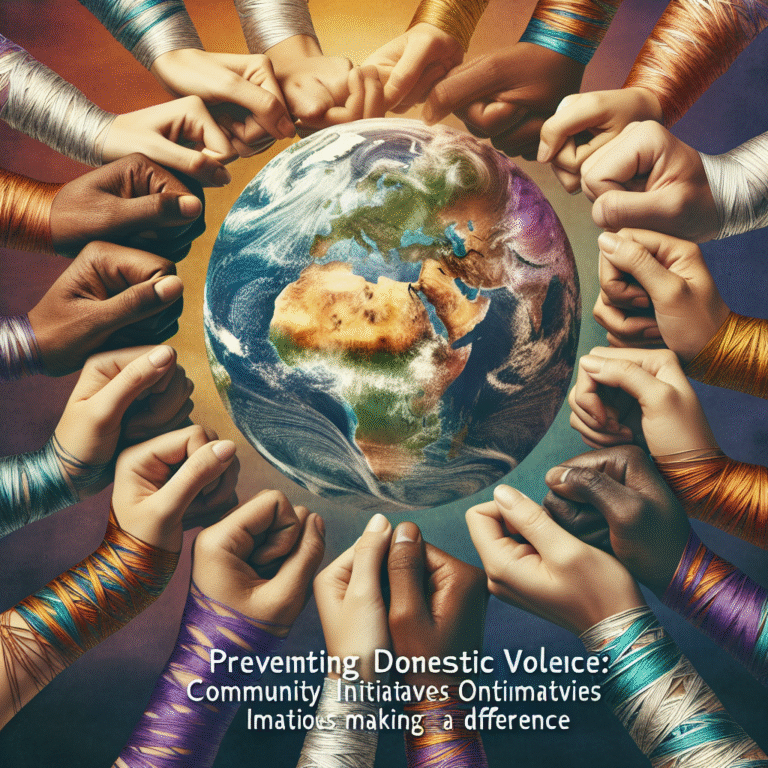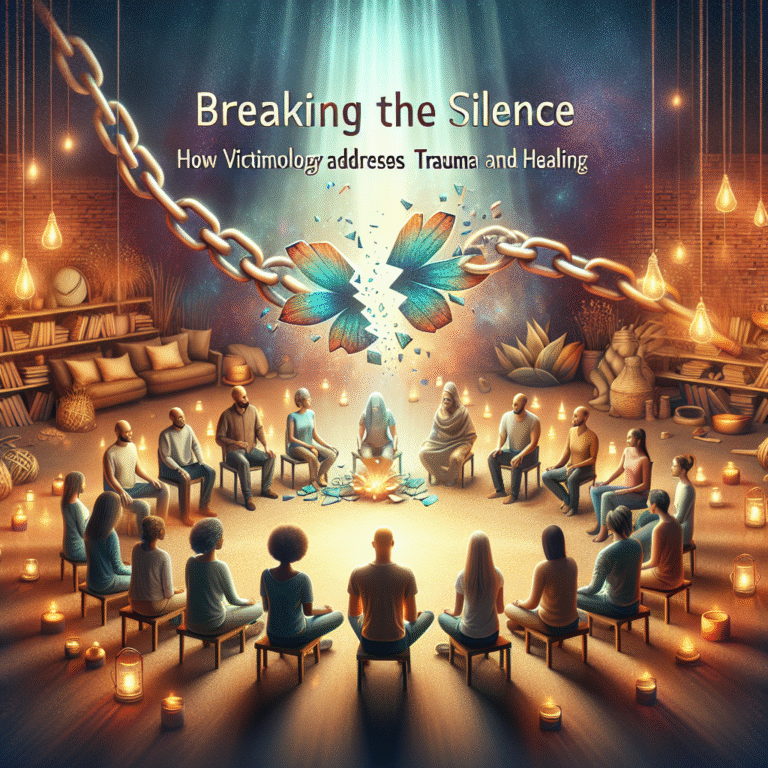
Introduction
In an age where information flows at breakneck speed, the role of the media in shaping our perceptions is more powerful than ever. The Media Effect: How News Coverage Shapes Public Perceptions of Crime is a pervasive phenomenon that influences not just individual beliefs but societal norms as well. Have you ever felt more unsafe after watching the evening news? You’re not alone. The Media Effect instills feelings of fear and concern that can distort our understanding of criminality and safety. This article delves into how news coverage—whether through sensational headlines or focused narratives—affects public perceptions, creating ripples that affect policy, community behavior, and law enforcement strategies.
Understanding the Basics of Media Influence
The Role of Media in Society
At its core, media serves as a conduit for information. Its influence is all-encompassing, affecting our views on politics, health, and yes, crime. When we engage with The Media Effect, we uncover an intricate web where headlines don’t just inform but actively shape opinions.
Table 1: Media Consumption Patterns
| Medium | Percentage of U.S. Adults Engaging Daily |
|---|---|
| Television News | 55% |
| Online News Sites | 50% |
| Social Media | 45% |
| Newspapers | 20% |
This table illustrates how prevalent media consumption is in our daily lives, indicating that news is a significant part of the public’s information diet.
The Psychological Angle: Fear and Perception
Research shows that extensive media coverage of crime can lead to increased public fear—often disproportionate to reality. This is where The Media Effect takes on psychological dimensions, creating a cycle of mistrust and anxiety within communities. Individuals increasingly view their environments as threatening when exposed to sensationalist reporting, leading to a skewed perception of crime rates.
The Dynamics of News Coverage
Sensationalism vs. Actual Crime Rates
The relationship between sensationalist news coverage and actual crime statistics has been a focal point for researchers. For example, while violent crime rates have generally been declining in many urban areas, news coverage often emphasizes vivid and shocking incidents, leading the public to believe that crime is on the rise.
Case Study: The "Summer of Violence" Narrative
During summer 2020, various media outlets reported on an uptick in urban violence. However, a closer look at crime statistics from the FBI showed that rates had fluctuated but were not at unprecedented levels. This case reveals how The Media Effect can shape public perceptions, often leading to unjust social policies and community reactions based on misinformed fears.
The Role of Framing in Crime Reporting
The Power of Framing
Framing is a critical aspect of how information is presented. Different perspectives can lead to drastically different interpretations. A crime reported as a "gang shooting" versus a "youth violence incident" draws different emotional connotations. Each frame informs and shapes public response in nuanced ways.
Case Study: The Coverage of School Shootings
In the aftermath of school shootings, coverage varies widely. When the media frames the event primarily around the mental health of the shooter, it risks overshadowing the need for better gun control legislation. [1]
Table 2: Framing Variations in School Shooting Coverage
| Frame Type | Emotional Response |
|---|---|
| Mental Health Focus | Sympathy for shooter |
| Gun Control Focus | Anger toward lawmakers |
| Community Impact Focus | Focus on victim support |
The above table summarizes different emotional responses evoked by various framing techniques in media coverage, illustrating the essence of The Media Effect on public sentiments.
Real-World Repercussions
Impact on Public Policy
The consequences of media narratives extend beyond individual perceptions; they can shape public policy. Fear-driven legislation often emerges based on heightened perceptions of danger, igniting discussions in courtrooms and legislative bodies.
Case Study: The "Three Strikes" Law
Around the early ’90s, fear of crime peaked in the U.S., leading to the introduction of the "Three Strikes" law in California. This legislation, aimed at deterring repeat offenders, was propelled largely by media coverage that emphasized violent crimes. Research later indicated that this law had negligible effects on crime rates while contributing to increased incarceration rates.
Influence on Law Enforcement Strategies
In response to media narratives, law enforcement strategies often adapt based on public perception rather than factual crime rates. Increased patrolling in perceived ‘dangerous’ neighborhoods can lead to racial profiling and strained community relations.
Case Study: Policing Strategies in Urban Areas
Many urban police departments shifted their strategies toward aggressive practices as media reports heightened neighborhood fear, leading to concerns about community trust and policing ethics.
The Role of Social Media
A Double-Edged Sword
The advent of social media has added a new layer to The Media Effect. On one hand, platforms allow for the rapid sharing of information; on the other, they often amplify fear and misinformation.
Case Study: Viral Crime Stories
In 2019, a social media campaign highlighted an alleged crime wave in Chicago, igniting fear and exacerbating existing anxieties about safety. However, local police reports showed that the actual crime rates were not aligned with the social media portrayals.
Psychological Impact and Community Relations
The immediate nature of social media can escalate fear, affecting community relations and leading to misdirected activism. Conversations surrounding safety can take a worrying turn when driven by anxiety rather than facts.
Debunking Myths: The Reality of Crime Statistics
Misinformation vs. Reality
The Media Effect often leads to misconceptions about crime stats—particularly around violent crime. In the U.S., many believe that crime is escalating when, in fact, it has shown a long-term decline over several decades.
Key Statistics to Consider
- Violent crime rates have decreased by 50% since the peak in the early ’90s.
- Property crime rates also saw a drop of about 48%.
Using these statistics in public discourse can effectively combat misinformation propagated through sensational media narratives.
Conclusion
The Media Effect: How News Coverage Shapes Public Perceptions of Crime is a complex interplay of reality and perception. As consumers of media, it is imperative that we critically evaluate the information disseminated to us. It is easy to fall prey to fear-based narratives, but knowledge grounded in factual statistics can empower us.
Actionable Insights
- Stay Informed: Seek diverse news sources to obtain balanced perspectives on crime.
- Communicate Effectively: Engage in conversations about community safety based on data rather than fear-driven narratives.
- Advocate for Responsible Reporting: Support journalism that emphasizes facts over sensationalism.
As we cultivate informed communities, we strengthen the fabric of societal trust and cooperation. Awareness of The Media Effect can empower citizens, mitigate fear, and encourage constructive dialogue.
FAQs Section
1. How does media reporting affect crime rates?
Media reporting can amplify perceptions of crime, causing public fear even when statistics show a decrease. This can lead to increased public demand for tougher law enforcement methods.
2. Are violent crimes more reported in the media than property crimes?
Yes, violent crimes tend to receive more coverage due to their shocking nature, leading to skewed perceptions of how common they are compared to property crimes.
3. What is the impact of social media on perceptions of crime?
Social media can quickly spread misinformation and heighten feelings of insecurity, impacting public perceptions disproportionately to actual crime rates.
4. How can I get involved in advocating for responsible media reporting?
You can support journalism that emphasizes data-driven reporting, participate in community organizations, or even engage with local journalists to encourage responsible coverage.
5. How do I access accurate crime statistics?
You can refer to official resources such as the FBI’s Uniform Crime Reporting Program or local police departments for factual crime statistics.
By understanding The Media Effect, we can better navigate our perceptions and reactions to crime, contributing to healthier community dynamics and more informed discussions around public safety.


















